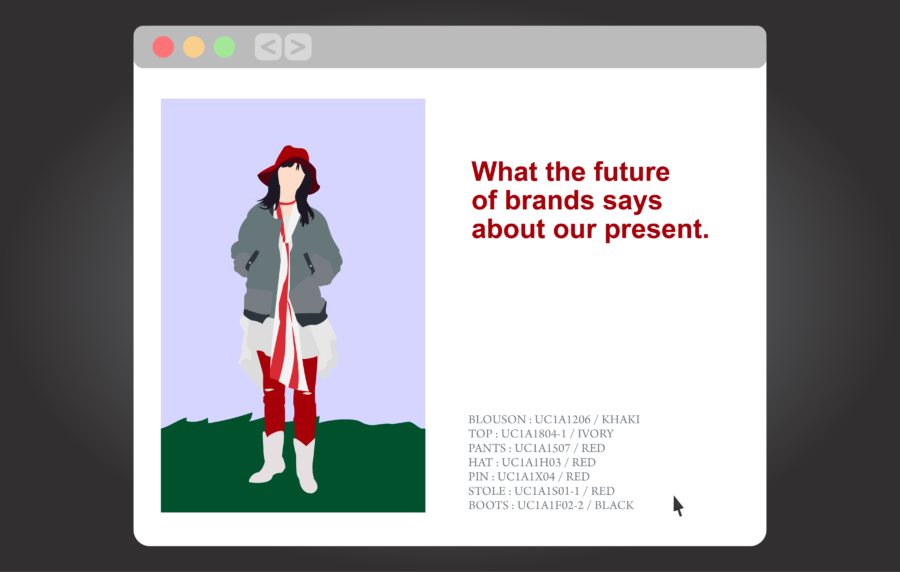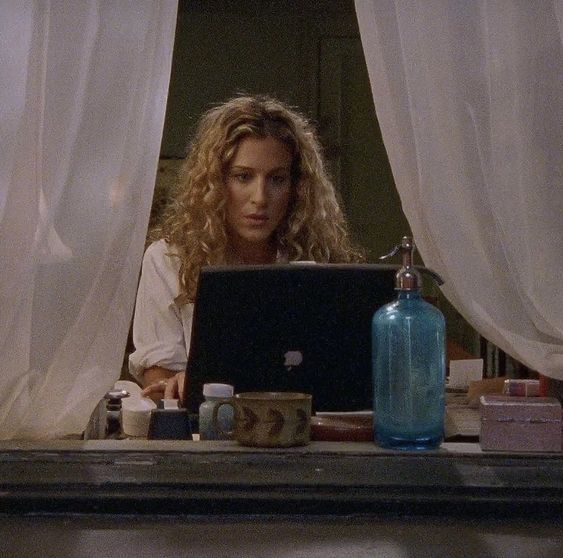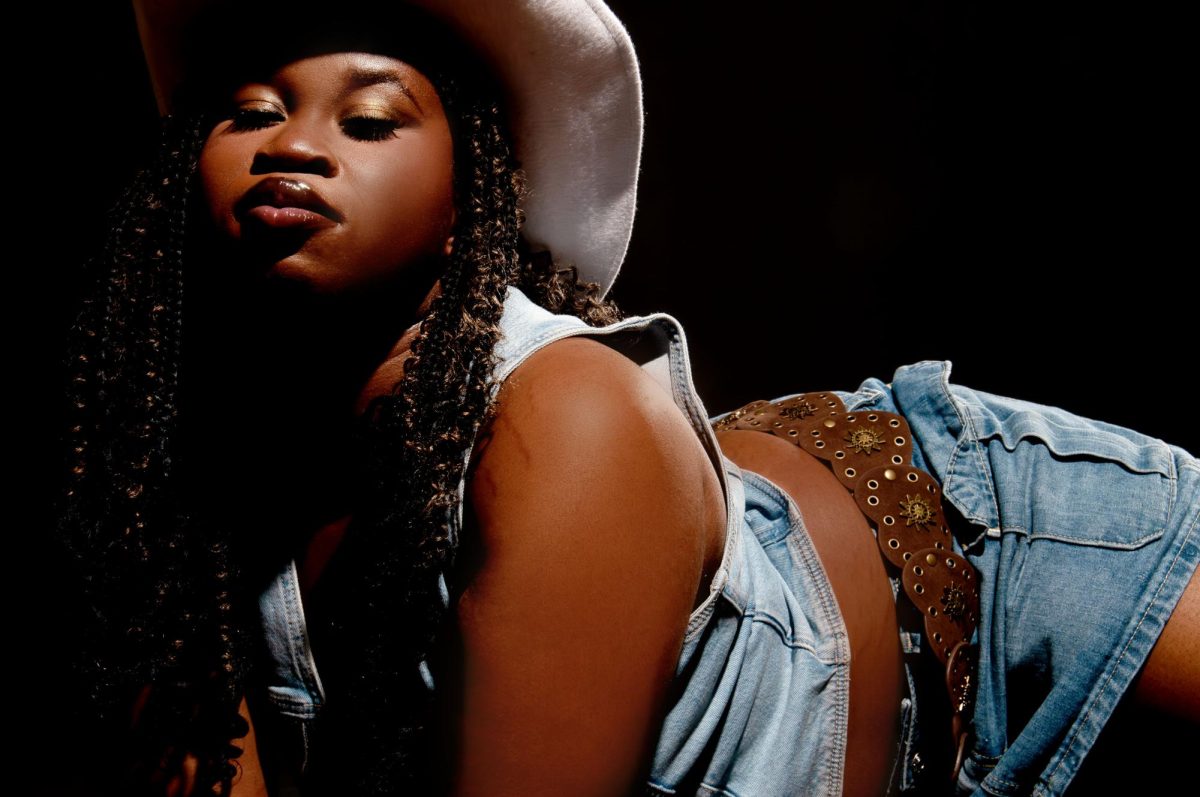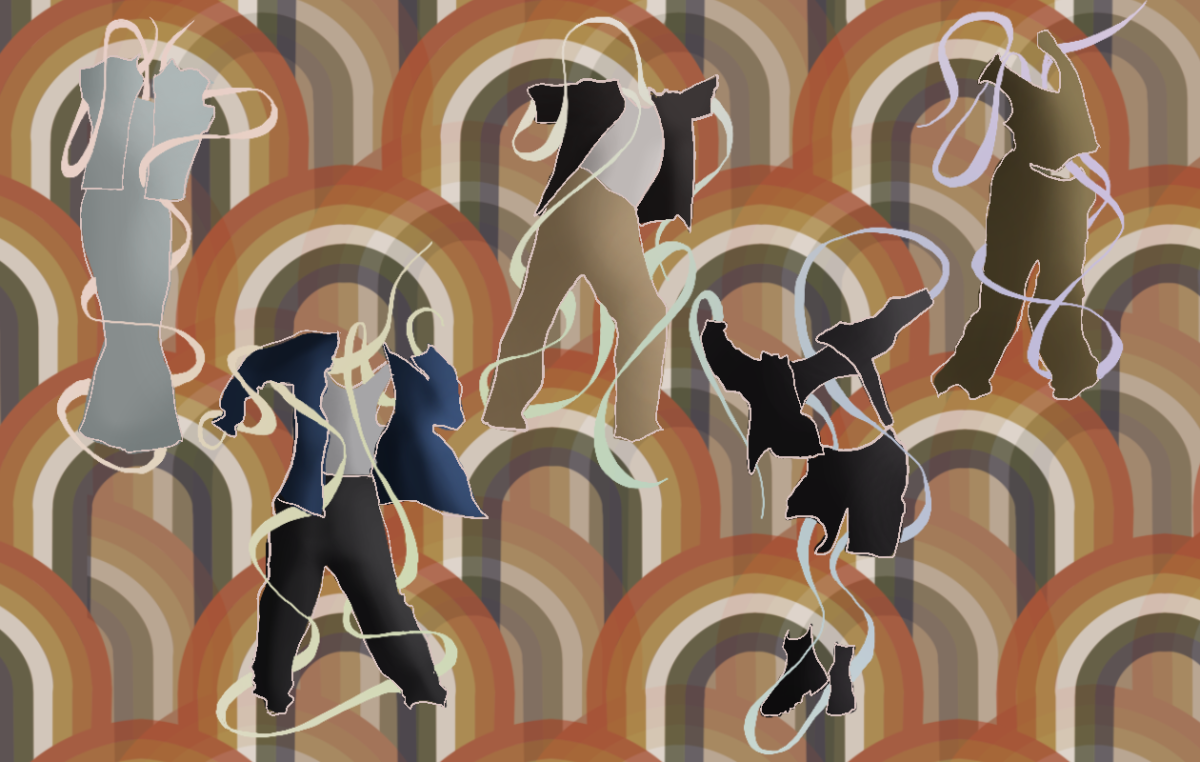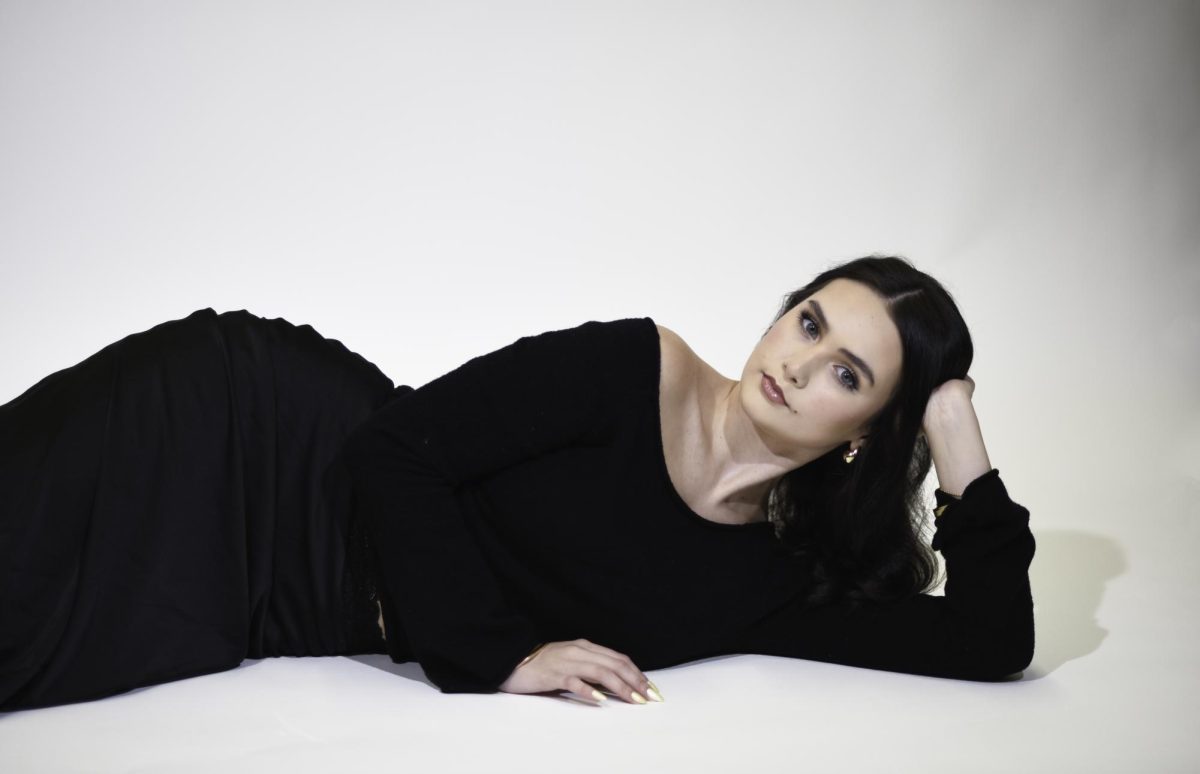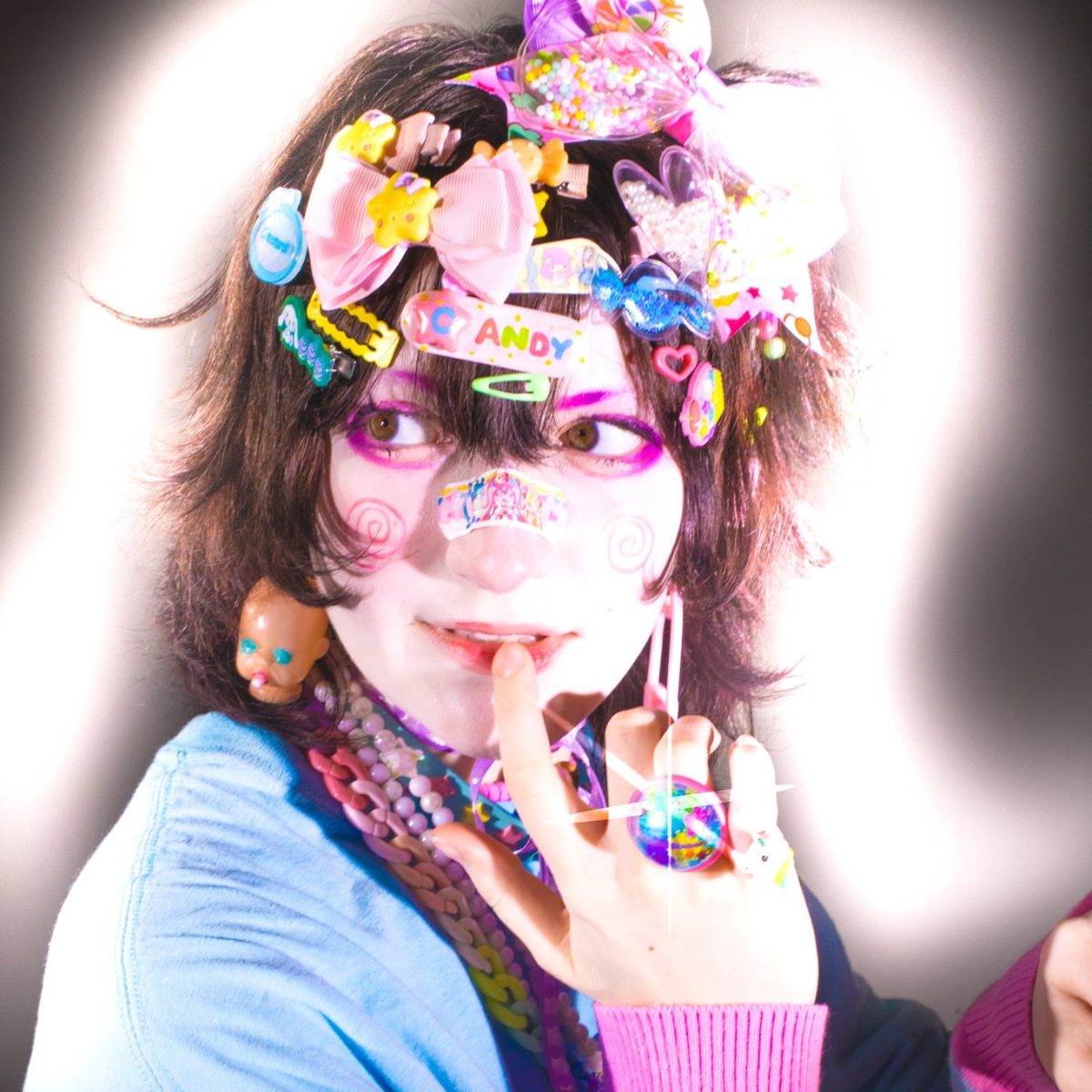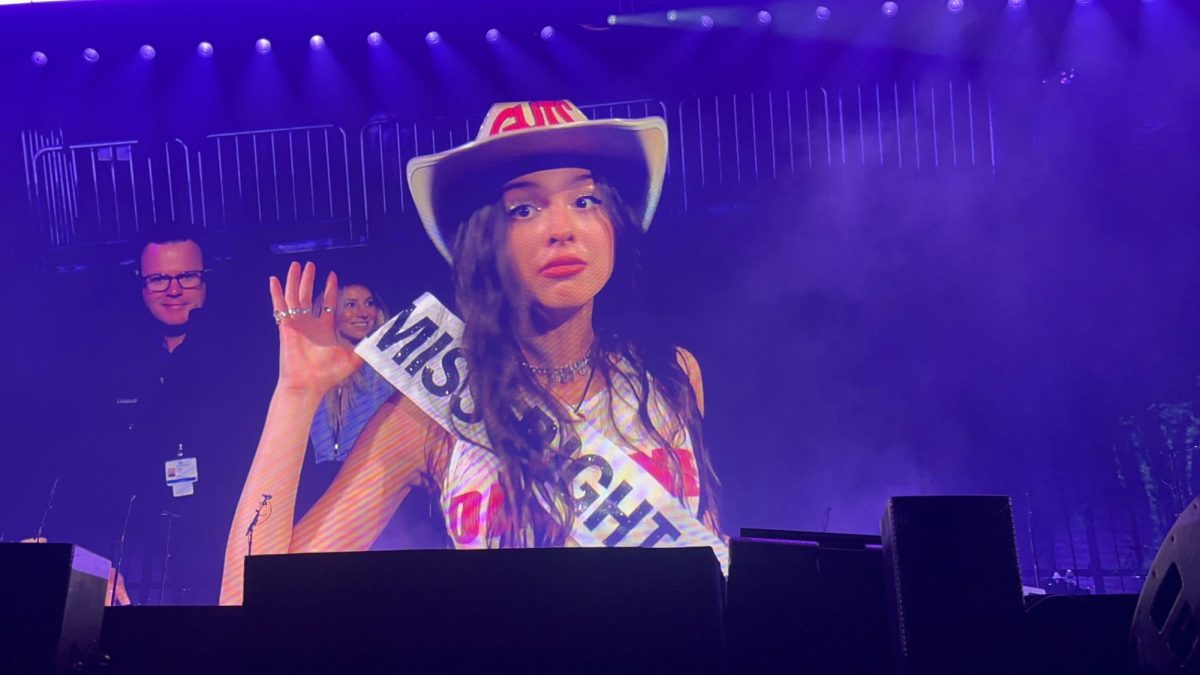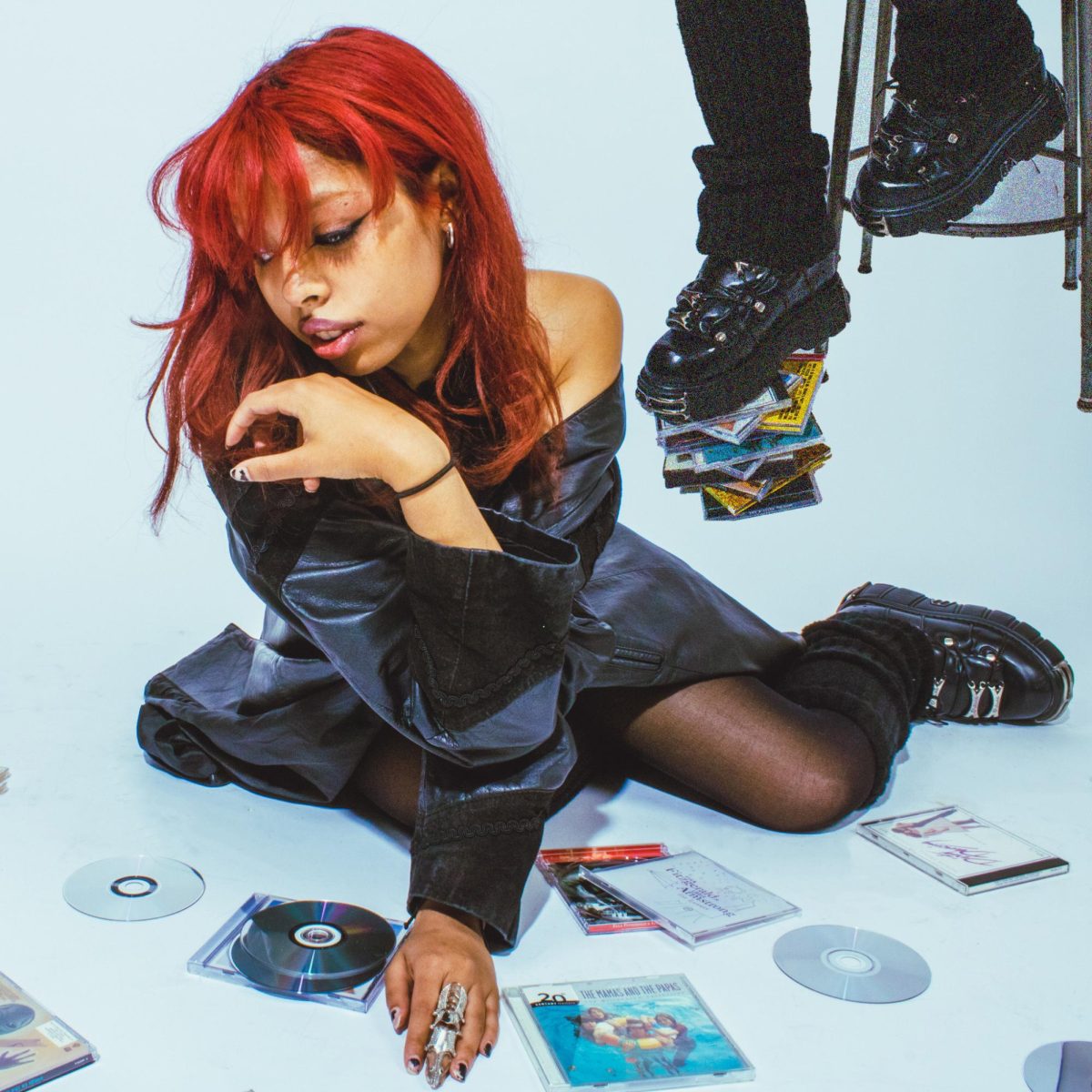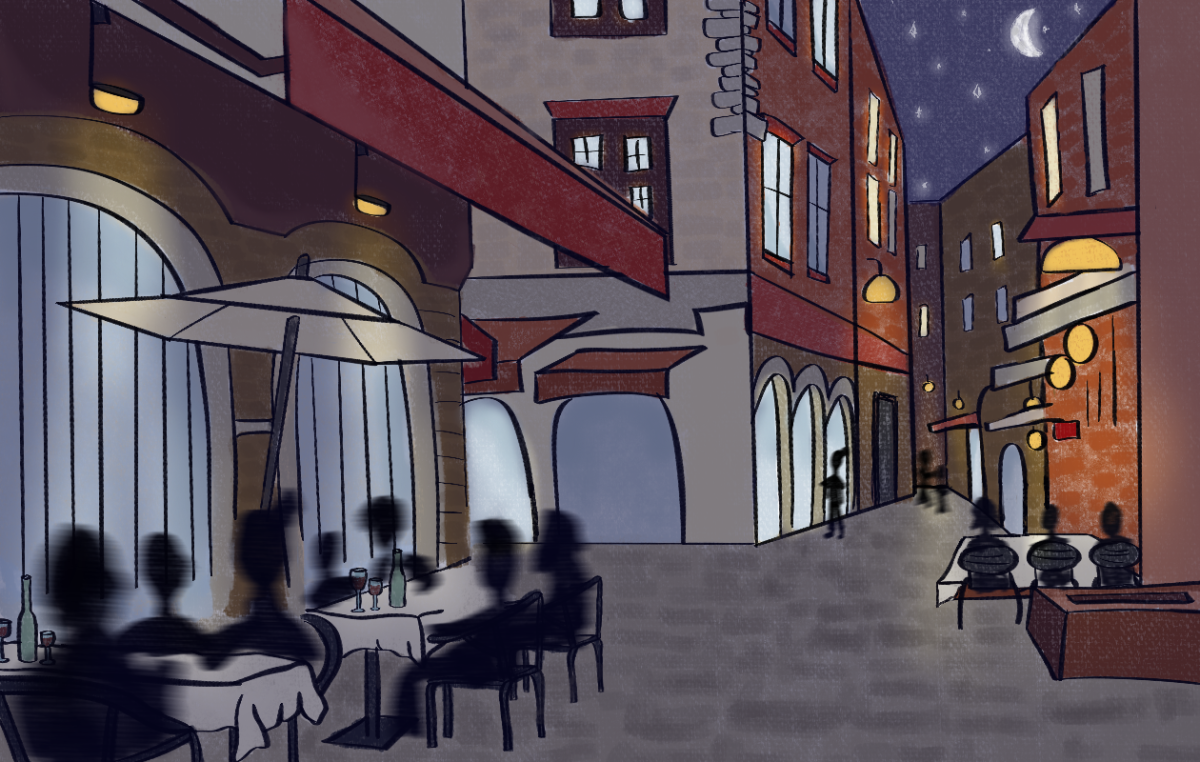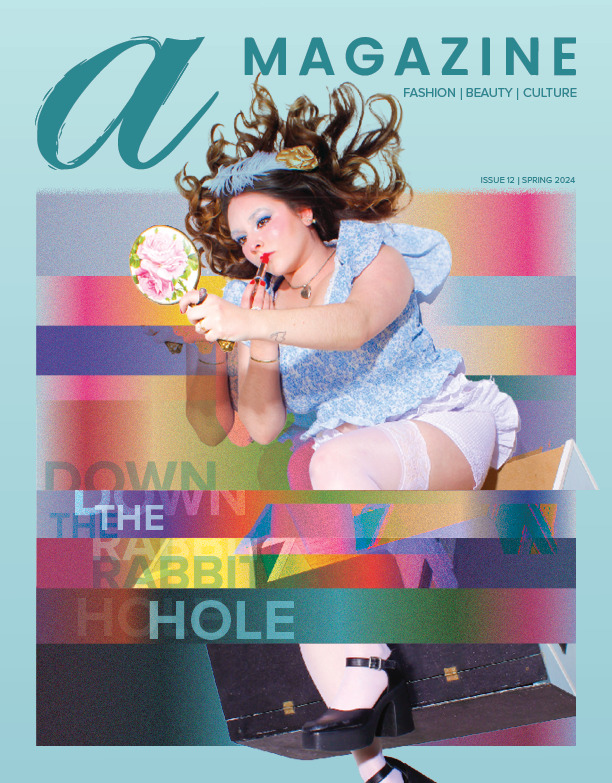2020 has been a year that will always be remembered. The constant agitation and aggressive change the whole world has endured is a sign of something coming — something that will shift how we perceive reality and the activities that we took for granted a year ago.
The coronavirus has seemingly spared no one in its devastation of iconic department stores and brands. It is no secret that multiple brands have gone bankrupt over the last couple months, from Forever 21 to True Religion and J. Crew. All that is left to ask is, “Who will be next?”
Of course this type of mentality is rather deteriorating and causes skepticism among the masses. The true spirit to move forward is to look around and take notice of brands that are still standing.
What tools are they implementing? Where is this taking us? And most importantly, what can we learn from them?
The Undercover cure
We are changing seasons. Summer is a past event that we seem to recall from around the corner. The green colors start to fade and the reds, oranges and yellows become visible. Not only does this mean we’ll have to start preparing for colder climates, but it also represents new collections and designs.
The brand Undercover, by Jun Takahashi is taking an innovative approach to these circumstances. Undercover, a Japanese fashion brand known for its punk and American-influenced streetwear styles, presented its latest collection through a mixture of look book and 3D presentation. The look book was shot in multiple ways to showcase creativity and hint at what the collection represents. Drone shots were implemented, and the angles were complemented by interesting and curious compositions, a great example is look 11 from the SS21 look book — a sort of hybrid between photography and graphic design. If a customer wishes to inspect a garment in detail, a they can use the 3D option to zoom in and out on the garment.
This offers a great tool to the consumer and facilitates the purchase and access to the collection. The ability to inspect and determine the “correct size” will no longer be a problem, and it also enhances the experience for the customer. Multiple techniques to enhance the garments may arise from this form of presentation. Special effects, photoshop and even animated scenes are just the start of the endless possibilities a brand can offer through their websites or forms of social media.
The case of Marine Serre
What drives fashion? What is that factor that makes us [customers] want to buy the latest Jacquemus bag, or the newest Nike SB Dunks Colorway? The answers may vary, but ultimately, the force that drives the scene is innovation. From disruption comes evolution, and what a better time for creatives to experiment new approaches than a pandemic disturbance.
Marine Serre’s creations are the perfect example of how a brand should evolve from trying times. She previously won the 2017 French Luxury conglomerate Moët Henessy Louis Vuitton, or LVMH, prize for young fashion designers. Fashion critic Angelo Flaccavento described the essence of the brand as a “hybrid mixture of classic French couture shapes, sportswear references and fabrics, and a decisive ecofuturist thematic and vision.” For her latest collection, Serre decided to showcase it by creating a universe — an interactive, short film titled “Amor Fati” featuring pieces from SS21.
The film can be found on Marine Serre’s website and every scene from the project features a side panel that depicts each look used. If there is a certain look in the film you wish to purchase, all you have to do is click, literally. It’s the perfect blend between film, message and advertisement all in one place. This just goes to show that any difficulty can be overcome with diligence, passion and creativity.
Lessons from the giants
After noticing great brands going bankrupt and failing to survive, we see other brands willing to adapt. The case of destruction only becomes real when it is accepted as that. While some groups have declared this crisis the worst thing that could have happened to the economy, others acted on this as an opportunity to grow and show who is willing to create.
Ultimately, we must look at today’s state of affairs as just another phase — and phases come and go. It is up to us if we want to learn from them.
Support Student Media
Hi, I’m Maria McGinnis, a senior journalism student from Stow, Ohio. I’m also the editor in chief of A Magazine. My staff and I are committed to bringing you the most important and entertaining news from the realms of fashion, beauty and culture. We are full-time students and hard-working journalists. While we get support from the student media fee and earned revenue such as advertising, both of those continue to decline. Your generous gift of any amount will help enhance our student experience as we grow into working professionals. Please go here to donate to A Magazine.

